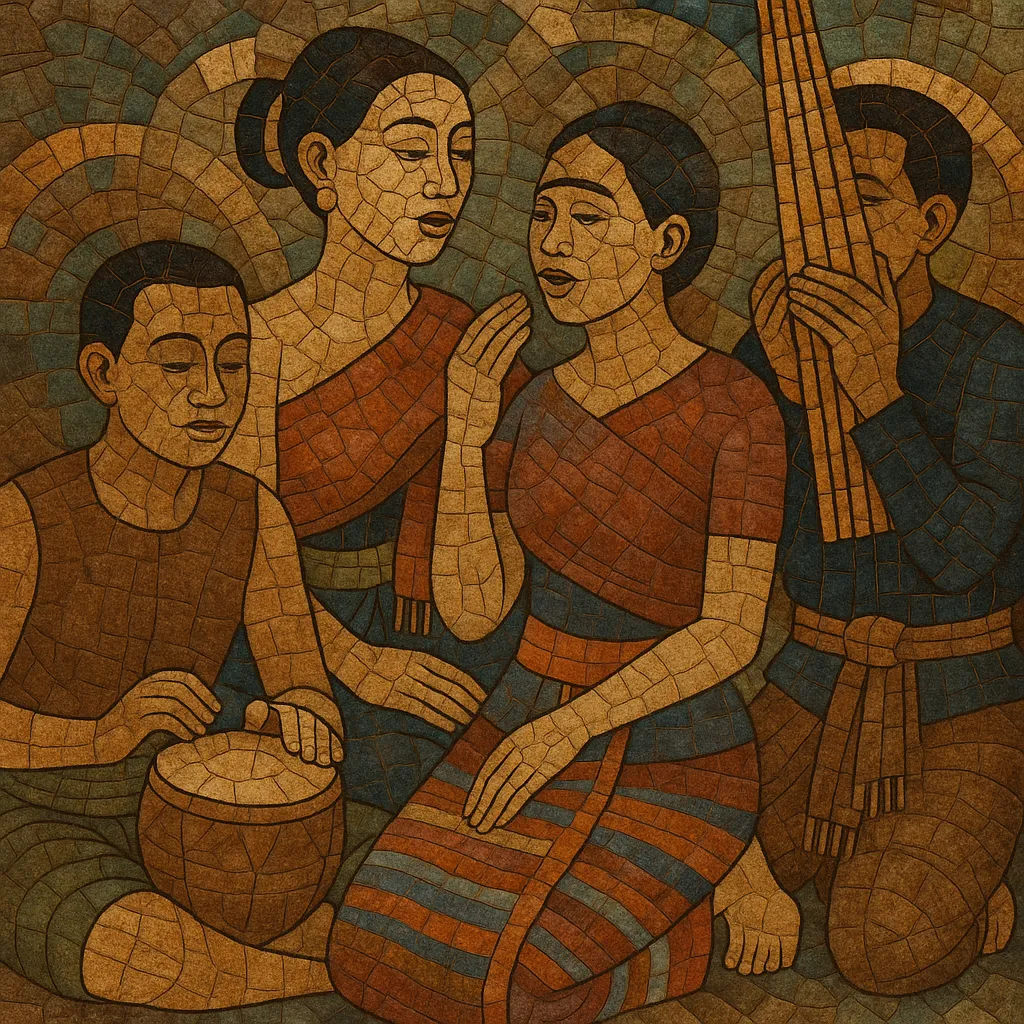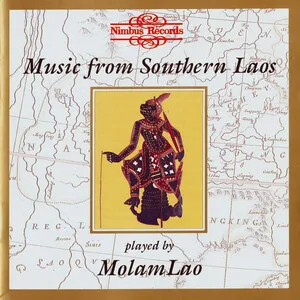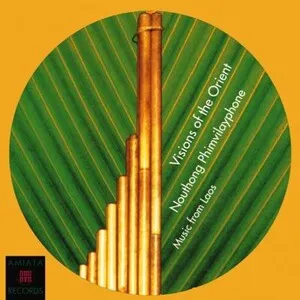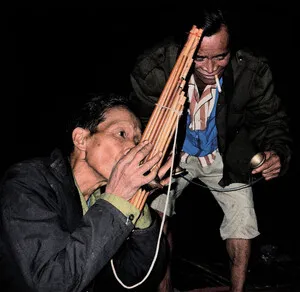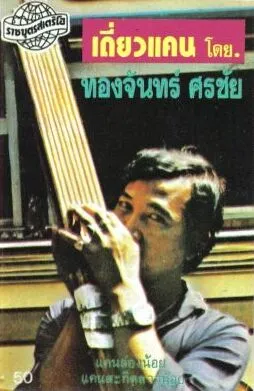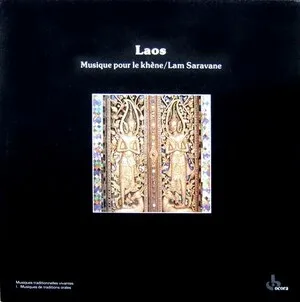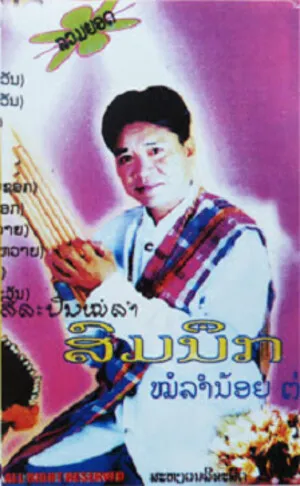Lao folk music is the traditional music of Laos and Lao-speaking communities, centered on vocal lam/khap singing styles and the distinctive droning timbre of the khene (khaen) mouth organ. It accompanies social dance (especially lam vong), ritual, storytelling, and village festivities, and is often performed by small ensembles with voice and khene at the core.
Melodically it favors pentatonic and heptatonic modes, with the khene providing a continuous, reedy drone and cyclical ostinatos over which singers deliver improvised or semi-improvised verses. Rhythms range from gently loping 2/4 and 4/4 dance meters (lam vong, lam saravane) to quicker, driving patterns used for festive pieces. Lyrics typically explore love, humor, moral tales rooted in Theravada Buddhist ethics, and everyday rural life.
Besides the khene, instruments may include phin (lute), sor (fiddle), various drums and hand percussion, and small cymbals. The style shares deep ties with Lao traditions across the Mekong basin, including the Isan region of Northeast Thailand, and has influenced regional popular forms while remaining a living village and community art.
Lao folk music traces its roots to the Lan Xang kingdom (14th–18th centuries), when courtly and village practices crystallized around vocal lam/khap genres and the khene mouth organ. The khene’s free-reed technology likely diffused regionally over centuries, while oral-poetic forms developed as communal entertainment, courtship, and ritual expression.
Under French colonial rule (late 19th–mid-20th centuries), folk music remained largely community-based, transmitted by local masters. Radio and recording slowly expanded its reach, while Lao-speaking communities across the Mekong (especially in today’s Isan region of Thailand) continued to cultivate closely related lam traditions.
After the establishment of the Lao PDR (1975), state cultural institutions supported traditional ensembles and dance/music troupes, formalizing teaching while the music continued to thrive in villages. Community celebrations (boun), Buddhist calendars, and life-cycle events remained key performance contexts.
Throughout the late 20th century, Lao folk idioms strongly shaped regional popular genres, most notably mor lam and related Isan styles. Dance forms like lam vong and songs such as “Lam Saravane” became emblematic of Lao identity at home and in the diaspora.
In 2017, UNESCO inscribed “The art of the khene, the Lao mouth organ” on the Representative List of the Intangible Cultural Heritage of Humanity, highlighting the living tradition’s craftsmanship and performance practice. Today, Lao folk music appears on stages from village courtyards to international festivals, and in fusions with world and popular music.

